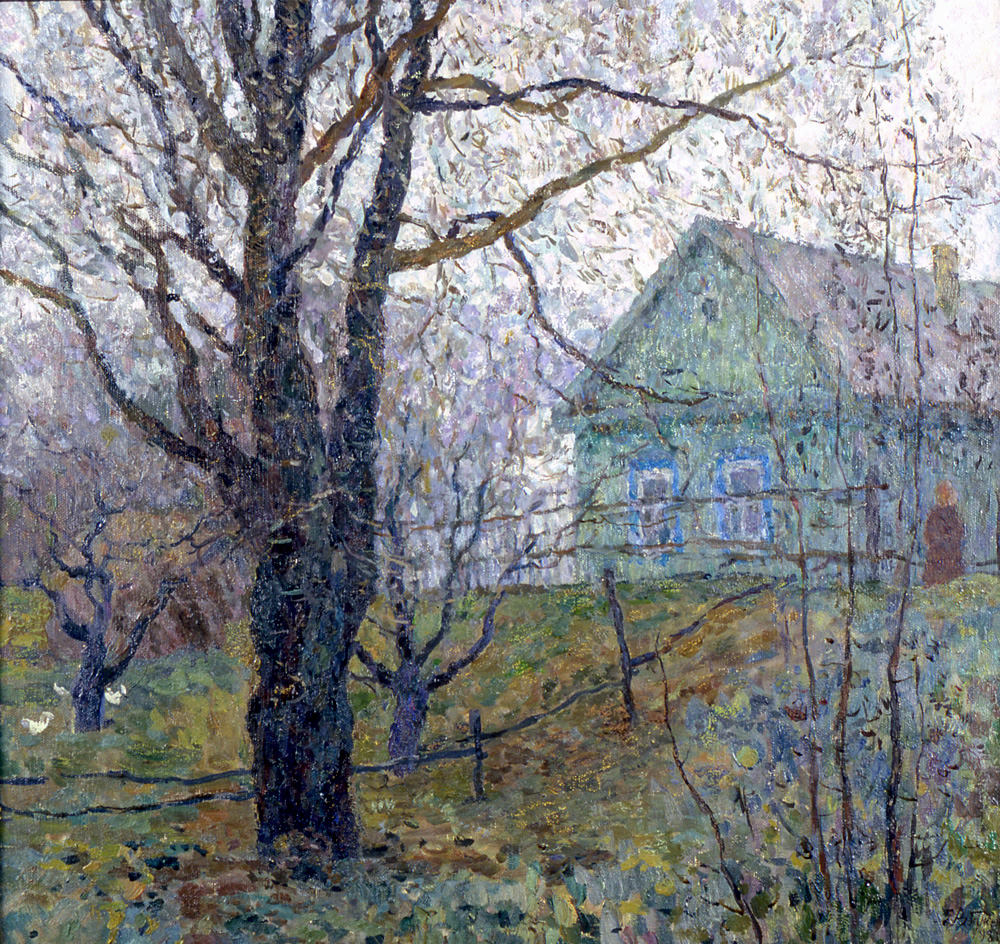Soviet Impressionism

Soviet Impressionism
Soviet Impressionism stands as a unique chapter in the history of art, characterized by its integration of Russian artistic traditions with the modernist influences from Western Europe. Flourishing mainly during the mid-20th century, this art style offers a compelling look into the Soviet soul and societal dynamics.
The hallmark of Soviet Impressionism was not just its vibrant brushwork but also its deep social resonance. Artists like Igor Grabar, known for his evocative pieces such as "Flowers and Fruits" and "Still Life," skillfully combined traditional Impressionist techniques with a narrative that spoke to the Soviet experience. Another notable artist, Pyotr Konchalovsky, celebrated for his robust and colorful depictions of everyday life, captured the spirit of his time with a passion similar to that of his Western contemporaries.
The art movement, though heavily influenced by the state's stringent controls, managed to thrive under various regimes, producing works that were both aesthetically pleasing and ideologically aligned. The Museum of Russian Impressionism in Moscow serves as a custodian of this rich heritage, offering art lovers a chance to delve into the nuanced world of Soviet aesthetics through its extensive collections and exhibitions.
For those fascinated by this intriguing blend of art and history, staying informed about Soviet Impressionism can enrich your understanding of both. Consider subscribing for updates on new discoveries, auction events, and exclusive sales related to this impactful art style, connecting you with a legacy of profound artistic expression.
| Country: | Europe, Russia, USSR (1922-1991) |
|---|---|
| Start of the period: | 1930 |

